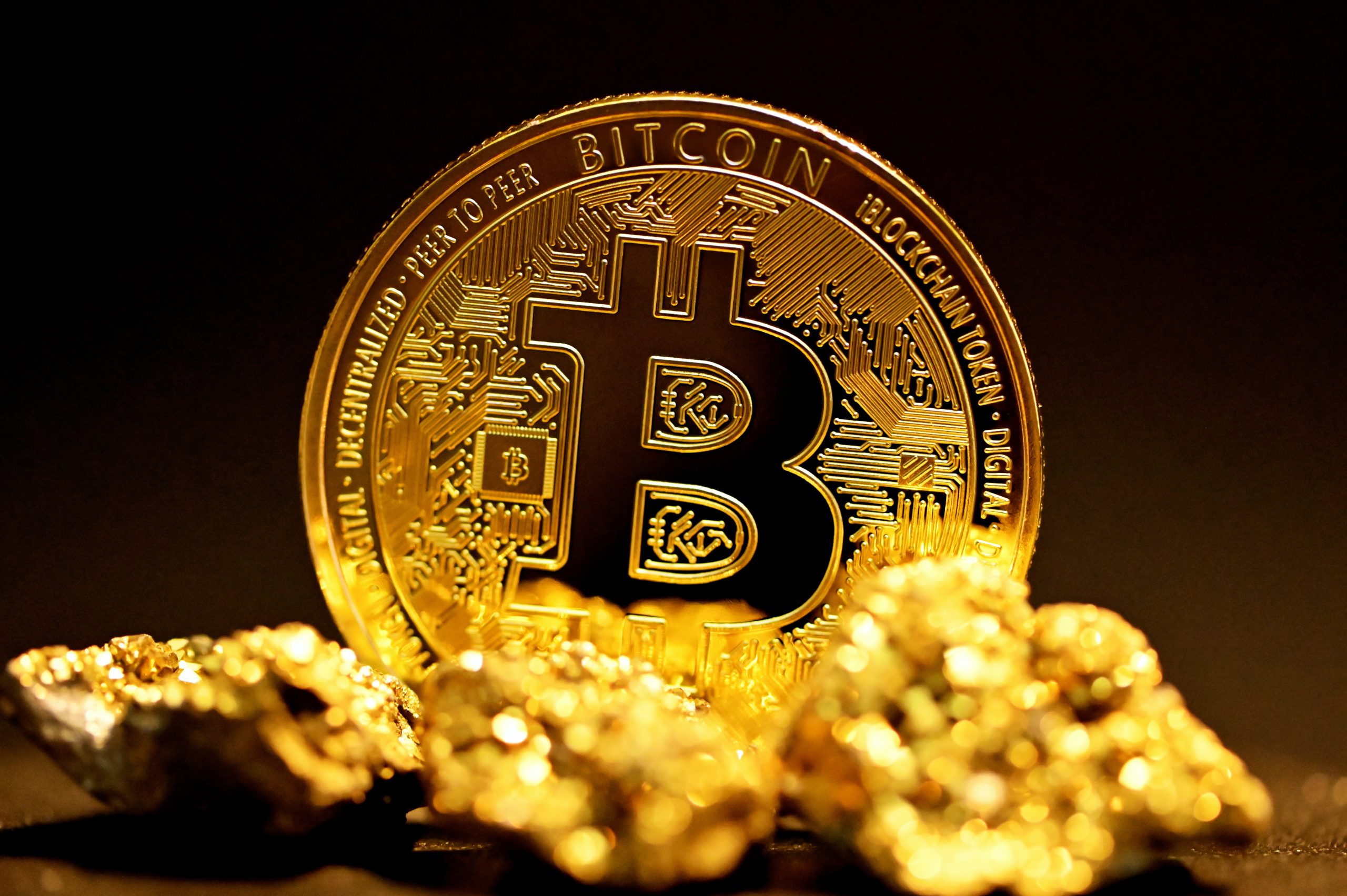The clock is ticking, and the planet needs us more than ever. In a world where climate change is now an undeniable reality, companies like Microsoft are stepping up to make a lasting impact on our environment. As we approach the end of 2021, Microsoft has made its final push towards achieving its ambitious goal of becoming carbon negative by 2030. Join us as we explore how this tech giant’s latest efforts can leave a lasting impression on our planet for generations to come.
What is Microsoft’s final climate fund push?
Microsoft’s final climate fund push is a $1 billion investment to help combat climate change. The fund will be used to support clean energy innovation and climate resilient infrastructure. It will also be used to help preserve forests and restore natural ecosystems. This is Microsoft’s largest ever climate-related investment and it underscores the company’s commitment to fighting climate change.
How will this impact the environment?
Climate change is one of the most pressing issues of our time, and Microsoft is committed to doing its part to mitigate its impact. The company has set a goal to be “carbon negative” by 2030, and its recent $1 billion climate fund investment is a major step towards reaching that goal.
The fund will be used to finance projects that will help reduce carbon emissions and protect natural habitats. Microsoft has already committed $50 million to tree-planting initiatives in the U.S., and the new climate fund will allow them to scale up these efforts and support other similar projects around the world.
The effects of climate change are already being felt by communities across the globe, and Microsoft’s climate fund will help address some of the most urgent needs. In addition to mitigating the effects of climate change, these projects will also have a positive impact on local economies and create jobs in the sustainable development sector.
What are some other companies doing to help the environment?
As the world’s largest software company, Microsoft has a responsibility to help address the global climate crisis.
The company has committed to being “carbon negative” by 2030, meaning they will remove more carbon from the atmosphere than they produce. To reach this goal, Microsoft has been working on reducing emissions in their own operations and investing in technologies that can help reduce emissions elsewhere.
One way Microsoft is helping to reduce emissions is by investing in carbon capture technology. This technology captures carbon dioxide from the air and stores it underground, preventing it from being released into the atmosphere. Microsoft has invested $1 billion in carbon capture projects and plans to invest more in the future.
Microsoft is also working on developing renewable energy sources. The company has signed agreements to purchase over 468 megawatts of wind and solar energy. These renewable energy sources will help offset some of Microsoft’s own energy use, further reducing their emissions.
By taking these actions, Microsoft is helping to combat climate change and set an example for other large companies to follow.
What can we do to help the environment?
We can all help the environment by doing things like conserving energy, recycling, and using less water. Here are some specific things you can do to help:
-Turn off lights when you leave a room
-Unplug electronics when you’re not using them
-Take shorter showers
-Wash your clothes in cold water
-Line dry your clothes instead of using the dryer
-Start a compost bin for your food scraps
-Recycle paper, plastic, and metal
Conclusion
Microsoft’s commitment to creating a lasting impression on the environment and fighting climate change is inspiring. With its $1 billion Climate Innovation Fund and a myriad of other sustainable initiatives, Microsoft has provided an example for other companies to follow suit and make investments in renewable energy sources. The company’s continued efforts are sure to have an impact on global warming for generations to come.










